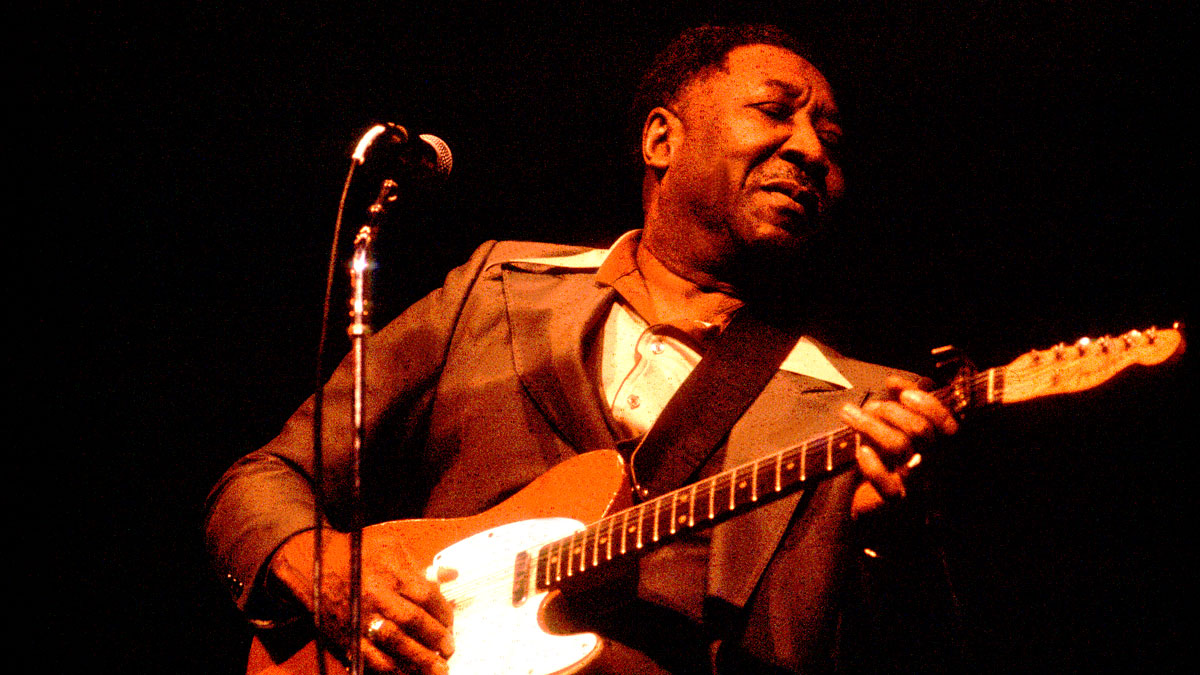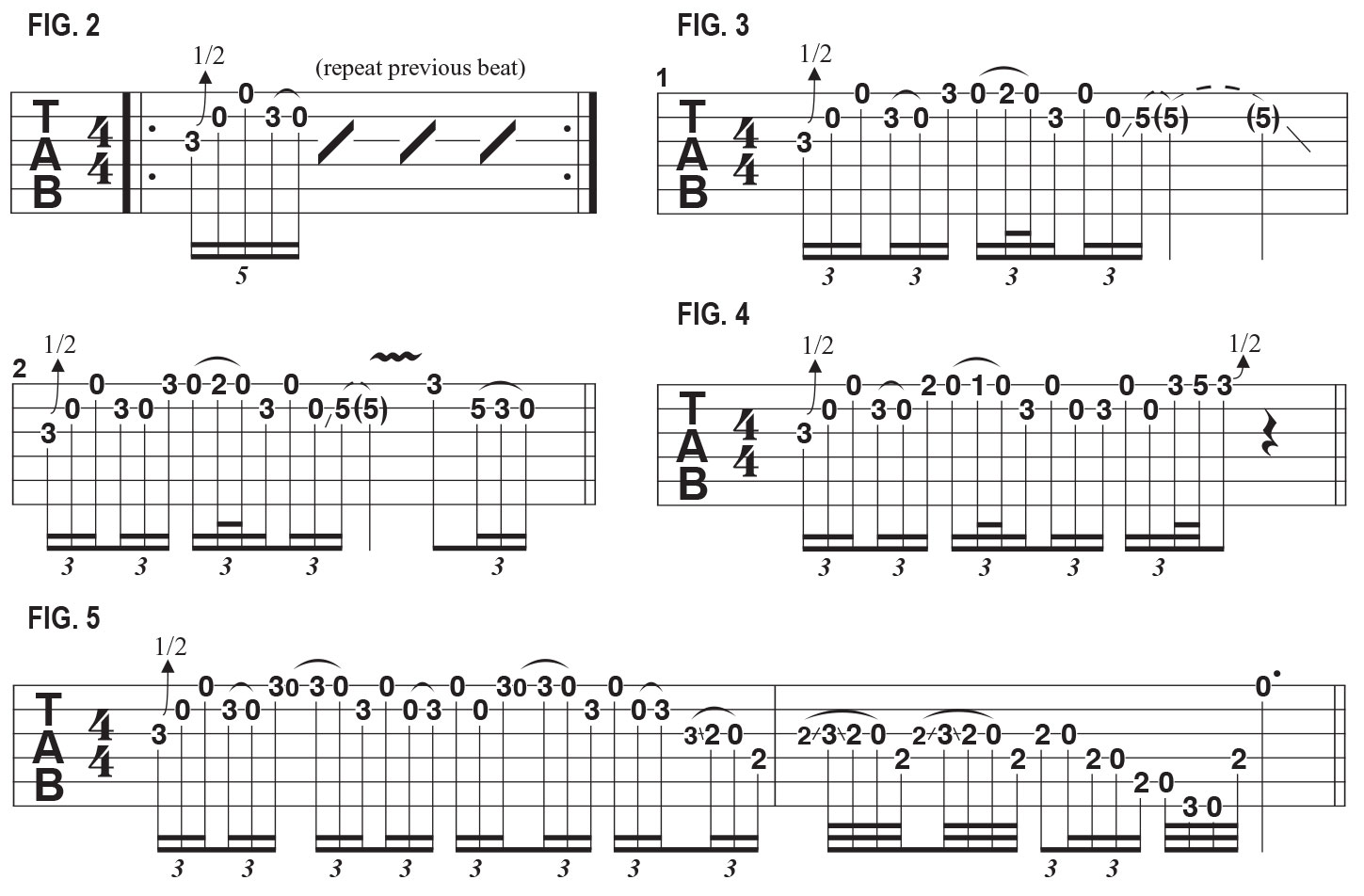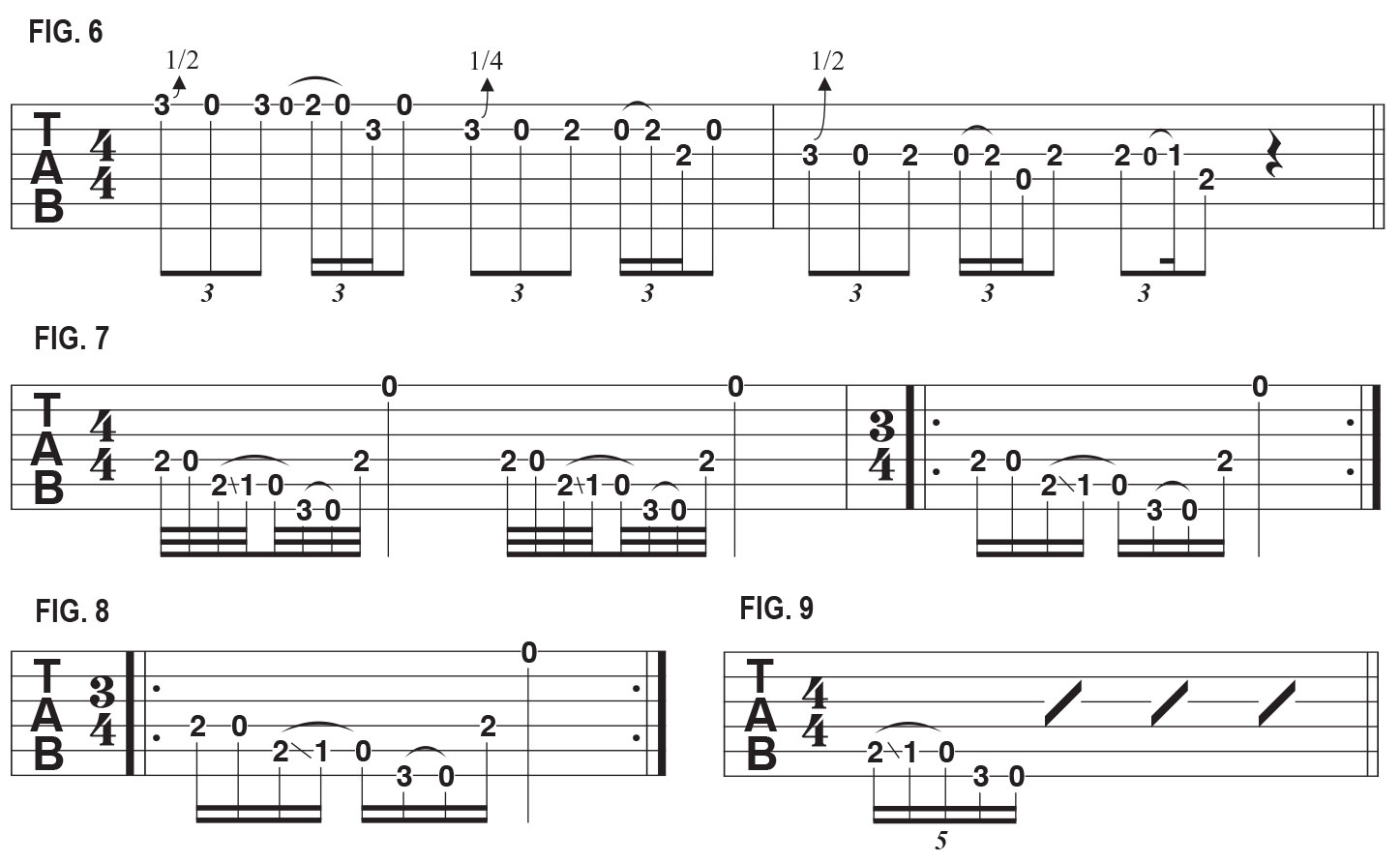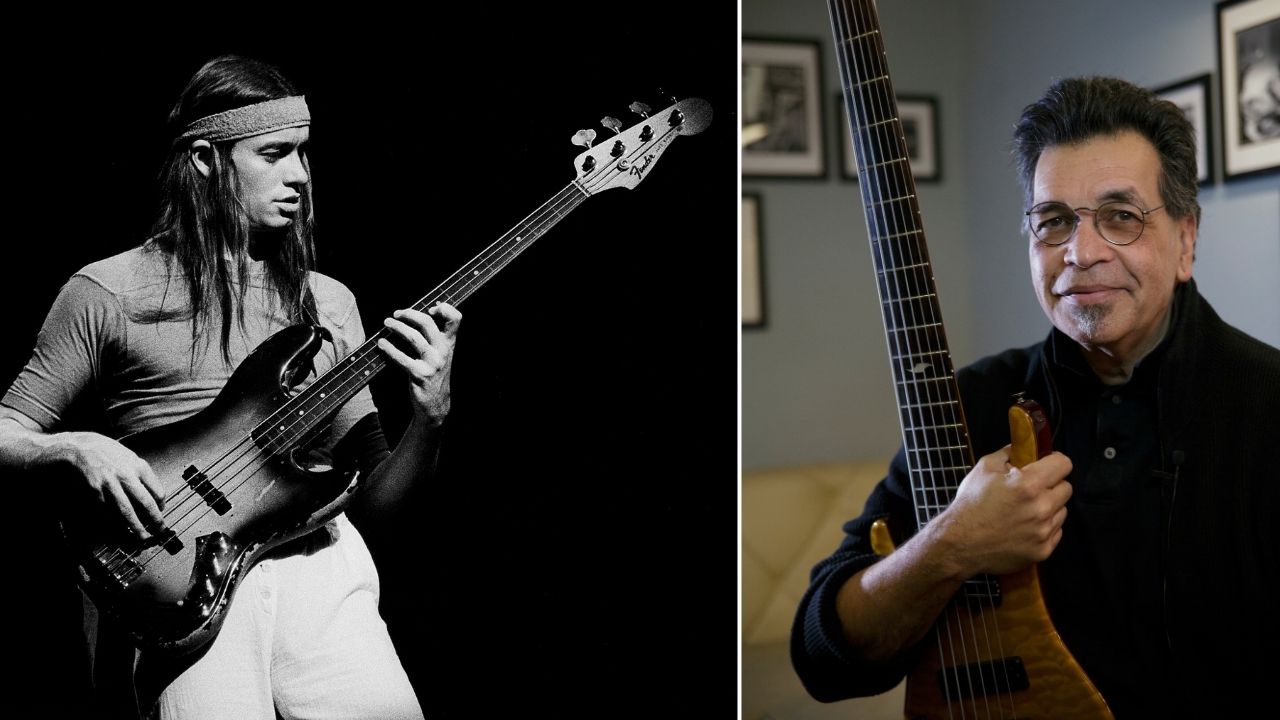How to make the most of open strings in blues guitar solos
Learn the pentatonic solo approaches epitomized by Muddy Waters and adopted by every blues player since

In this lesson, I’m exploring soloing approaches to the Muddy Waters blues classic, Rollin’ Stone. The song is played in the key of E, and, true to the style of acoustic Delta blues, as well as electric Chicago blues, many licks are played within the first few frets and incorporate open strings.
Ample evidence of this is heard in the acoustic playing of Robert Johnson, Big Bill Broonzy and Lightning Hopkins, as well as the electric playing of Muddy Waters, Howlin’ Wolf, Freddie King, Magic Sam and many others.
When utilizing the open strings for solo-type licks in the key of E, most often these licks are based on the E minor pentatonic (E, G, A, B, D), the E blues scale (E, G, A, Bb, B, D) or slight variations on either that will also include the major 3rd, G#, and the major 6th, C#, referencing the E Mixolydian mode (E, F#, G#, A, B, C#, D).
“Modern” blues/rock guitarists like Jimi Hendrix, Eric Clapton, Johnny Winter and Jimmy Page learned the licks of the first-generation blues masters and ramped them up to new levels of speed and intensity. This approach was explored further by Stevie Ray Vaughan, Kenny Wayne Shepherd, Joe Bonamassa and every guitarist that plays in a blues/rock style.
There is a vast array of standard licks based on the E blues scale that utilize open strings. FIGURE 1 illustrates a typical solo-type phrase that moves quickly across all six strings in a descending manner, built from a combination of notes played at the 2nd and 3rd frets that alternate with the open strings.
Phrases like this can be played quickly via the use of bends, hammer-ons, pull-offs and slides. Jimi Hendrix blazed new trails with licks like this on Voodoo Child (Slight Return), as did Stevie Ray Vaughan with Scuttle Buttin’.
Let’s break the phrase down to its key components. FIGURE 2 illustrates the opening five-note lick, which starts with a half-step bend on the G string’s 3rd fret, followed by the open B and high E strings and then a pull-off from D, on the B string’s 3rd fret, to the open string. “Cycle” this one-beat shape by playing it repeatedly in sequence.
All the latest guitar news, interviews, lessons, reviews, deals and more, direct to your inbox!
FIGURE 3 builds on the idea by adding melodic phrases on the top two strings. Alternating in this way between the open high E and fretted G and F# notes is something one will find in the playing of T-Bone Walker (though, in T-Bone’s case, it is usually done as all fretted notes in the key of G).
In FIGURE 4, F and F# at the 1st and 2nd frets are played in the place of F# and G, a technique popularized by Stevie Ray Vaughan. FIGURE 5 offers yet another twist on this type of soloing approach.
The best way to work these phrases into your soloing is to play through them slowly and methodically. FIGURES 6-9 focus on the individual elements, or “puzzle pieces,”’ that you can put together in pretty much any way you please.
Guitar World Associate Editor Andy Aledort is recognized worldwide for his vast contributions to guitar instruction, via his many best-selling instructional DVDs, transcription books and online lessons. Andy is a regular contributor to Guitar World and Truefire, and has toured with Dickey Betts of the Allman Brothers, as well as participating in several Jimi Hendrix Tribute Tours.




